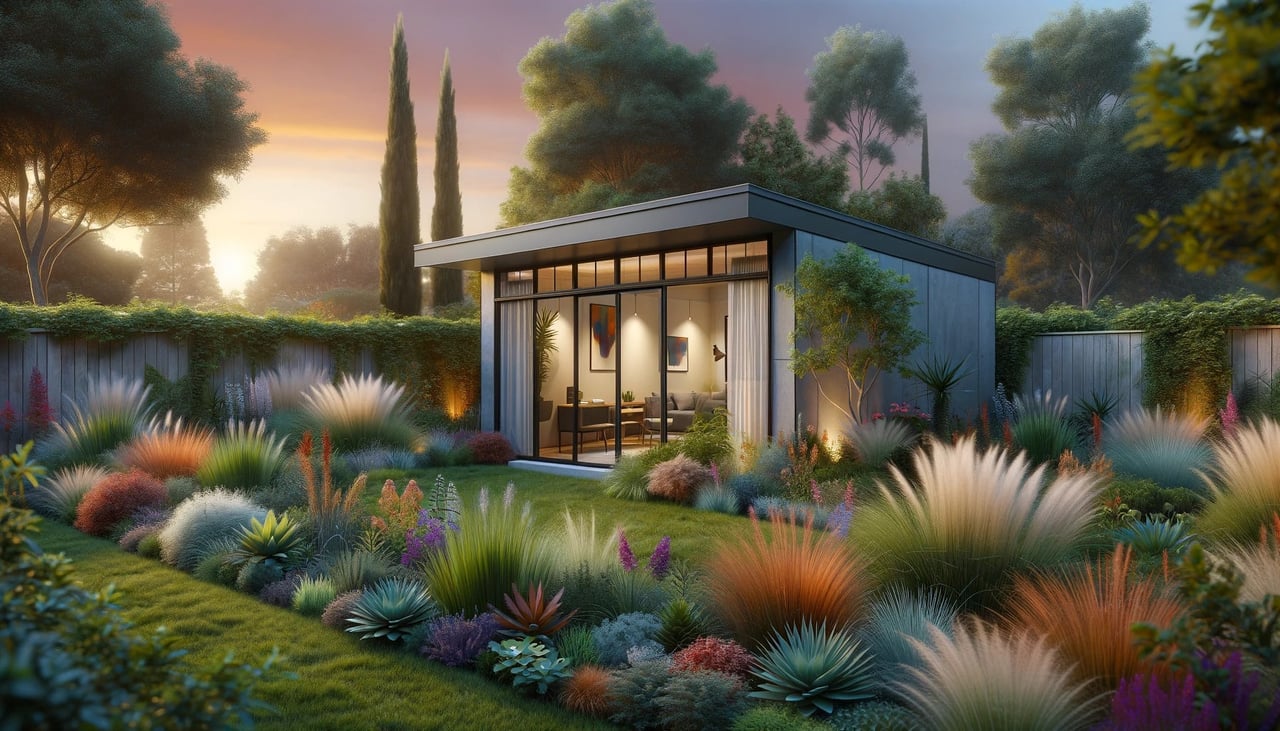Accessory Dwelling Units (ADUs) are allowing us to reimagine the housing scene in California, capturing the interest of homeowners across the state. In 2022, ADUs constituted almost one-fifth of the newly permitted housing, emphasizing their growing popularity in a California grappling with a housing affordability and availability crisis. With home prices soaring and mortgage rates remaining steady, ADUs are seen as a practical option for many, offering a way to utilize existing property space for extended family living or as a source of additional income.
The process of adding an ADU to your property involves several key steps, including design, budgeting, permitting, and construction. These steps are crucial for ensuring that the project aligns with both the homeowner's vision and local regulations, which have been evolving to facilitate easier access to this innovative housing solution.
ADUs come in various forms, ranging from compact units of under 500 square feet to larger, two-story structures. This diversity allows homeowners to find a solution that aligns with their specific intentions, whether it’s creating more room for relatives or utilizing it for financial purposes.
The development of ADUs in California is not just a response to the housing shortage but also a reflection of a broader shift towards more sustainable and flexible living arrangements. These units offer a unique opportunity to design and build custom living spaces that maximize efficiency and functionality on existing residential lots.



